For inquiries about our products or pricelist, please leave to us and we will be in touch within 24 hours.
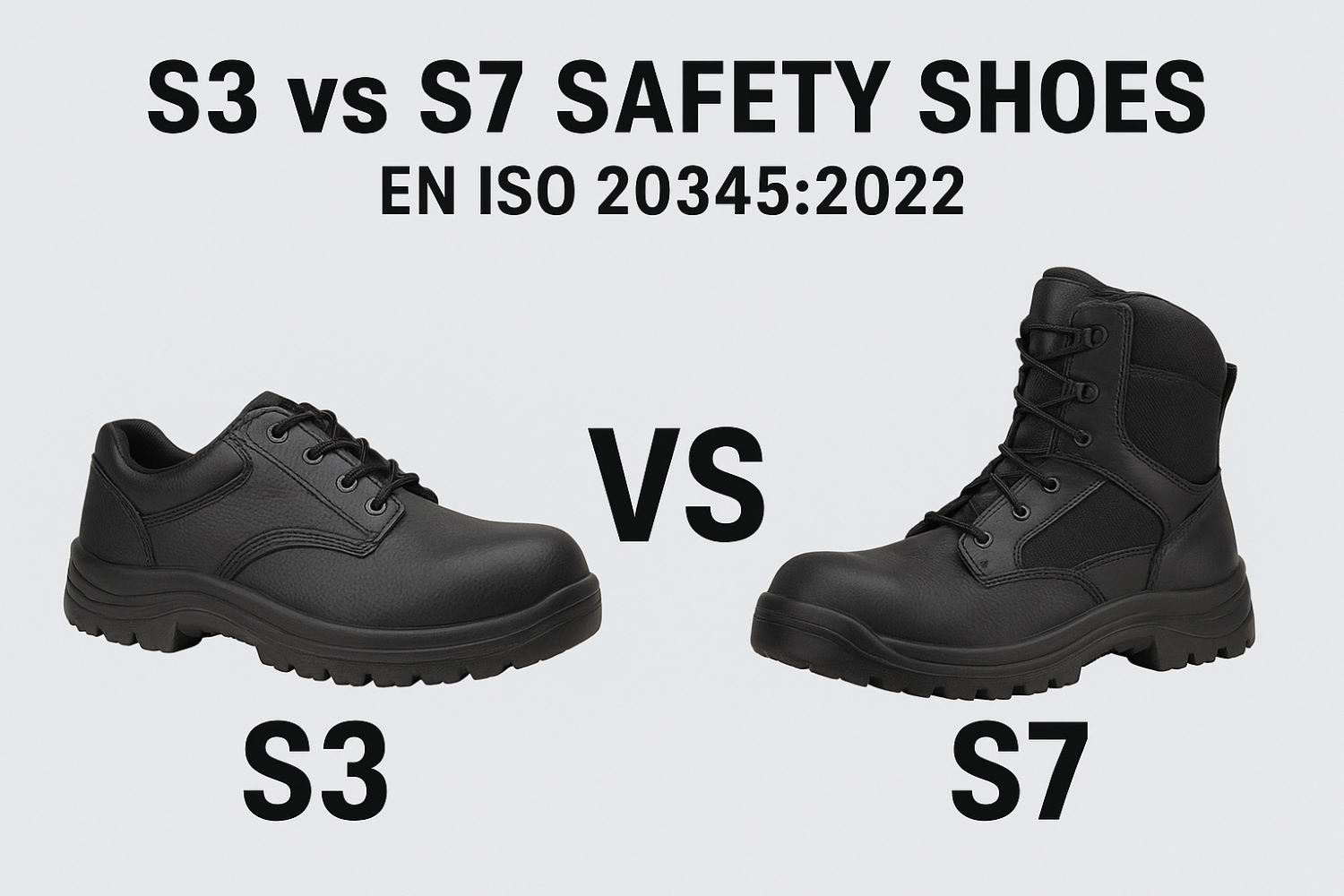 S3 vs S7 Safety Shoes: What's the Difference in EN ISO 20345:2022?
S3 vs S7 Safety Shoes: What's the Difference in EN ISO 20345:2022?
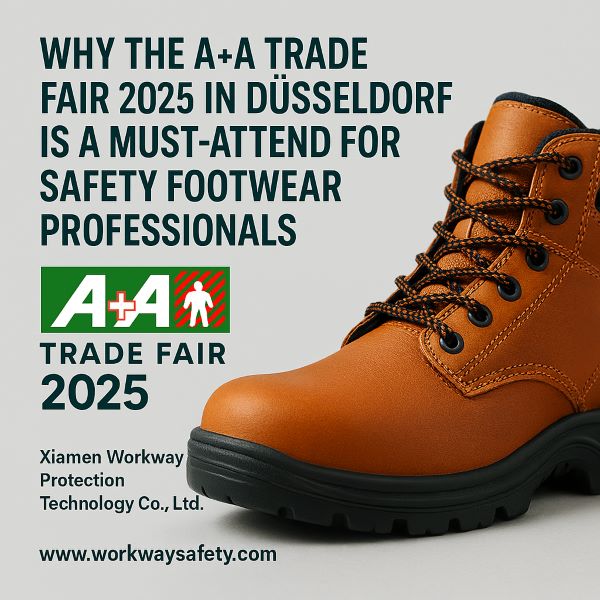 Why the A+A Trade Fair 2025 in Düsseldorf is a Must‑Attend for Safety Footwear Professionals
Why the A+A Trade Fair 2025 in Düsseldorf is a Must‑Attend for Safety Footwear Professionals
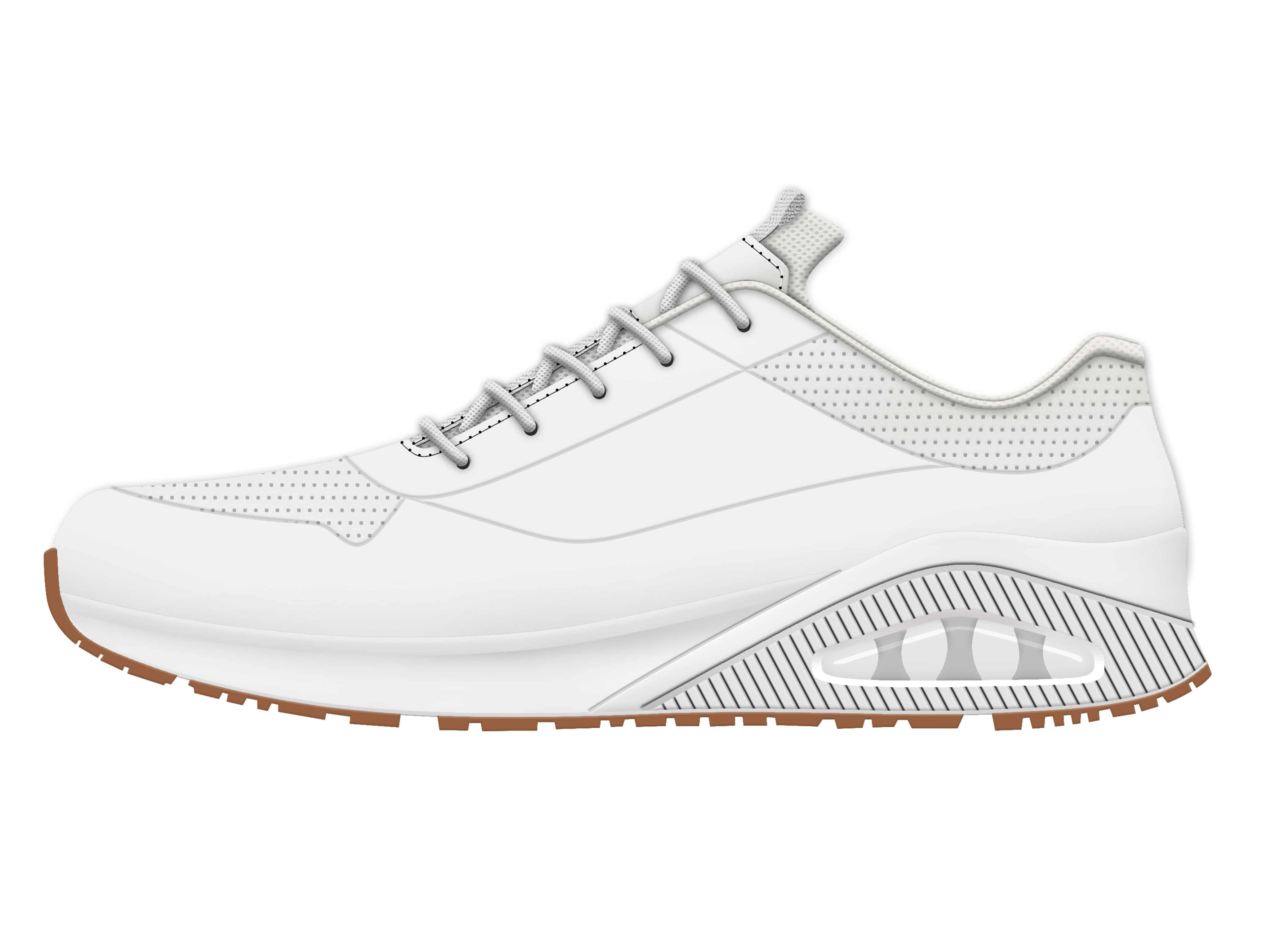 Step Up Your Workday: Introducing Our Superior Safety and Occupational Footwear Collection
Step Up Your Workday: Introducing Our Superior Safety and Occupational Footwear Collection
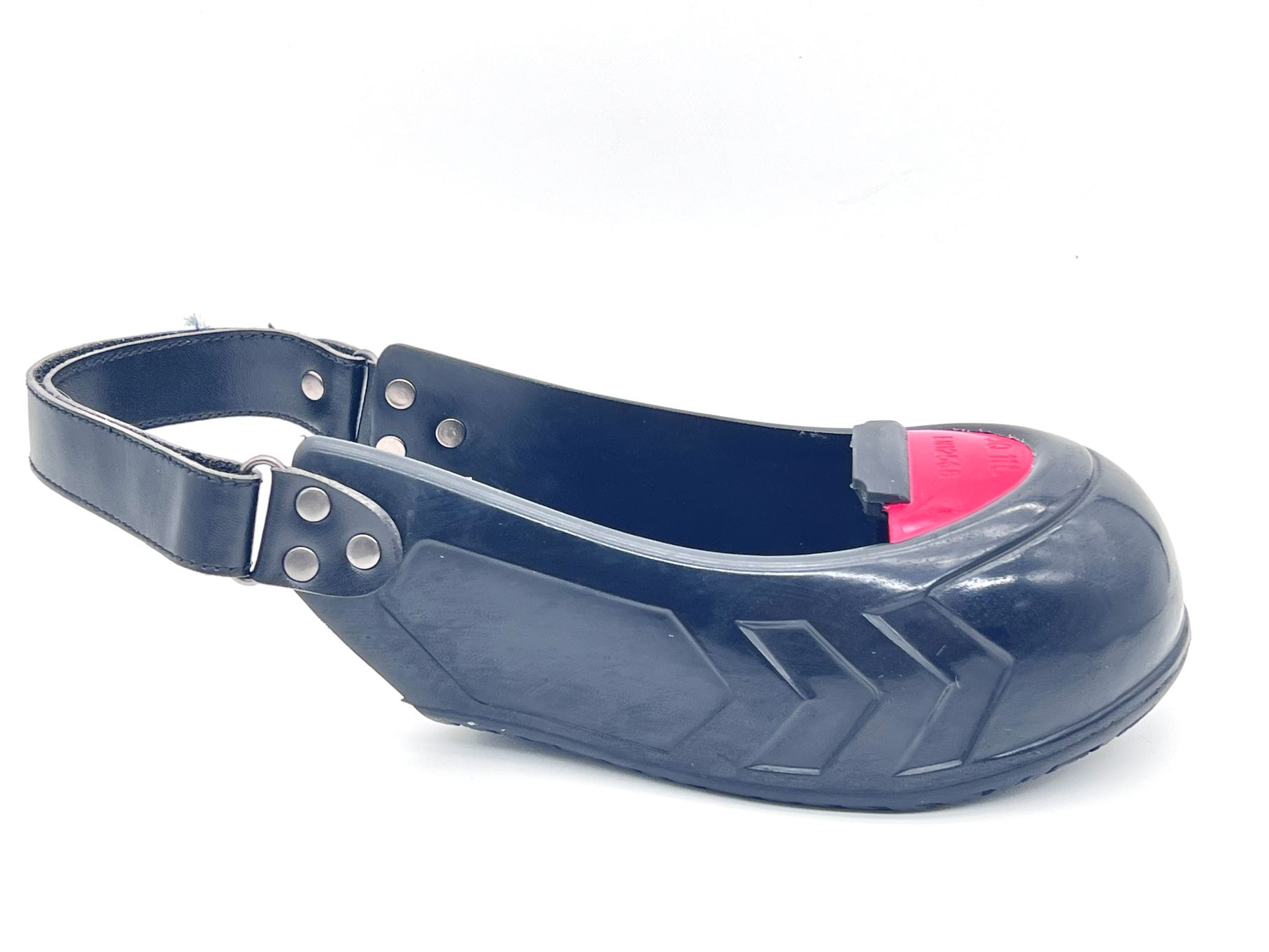 What Are Safety Overshoes? | CE-Certified Visitor Protection by Workway Safety
What Are Safety Overshoes? | CE-Certified Visitor Protection by Workway Safety
 Meet Us at Booth 13E12-2 at A+A Fair 2023: Xiamen Workway Protection's Innovative Showcase
Meet Us at Booth 13E12-2 at A+A Fair 2023: Xiamen Workway Protection's Innovative Showcase
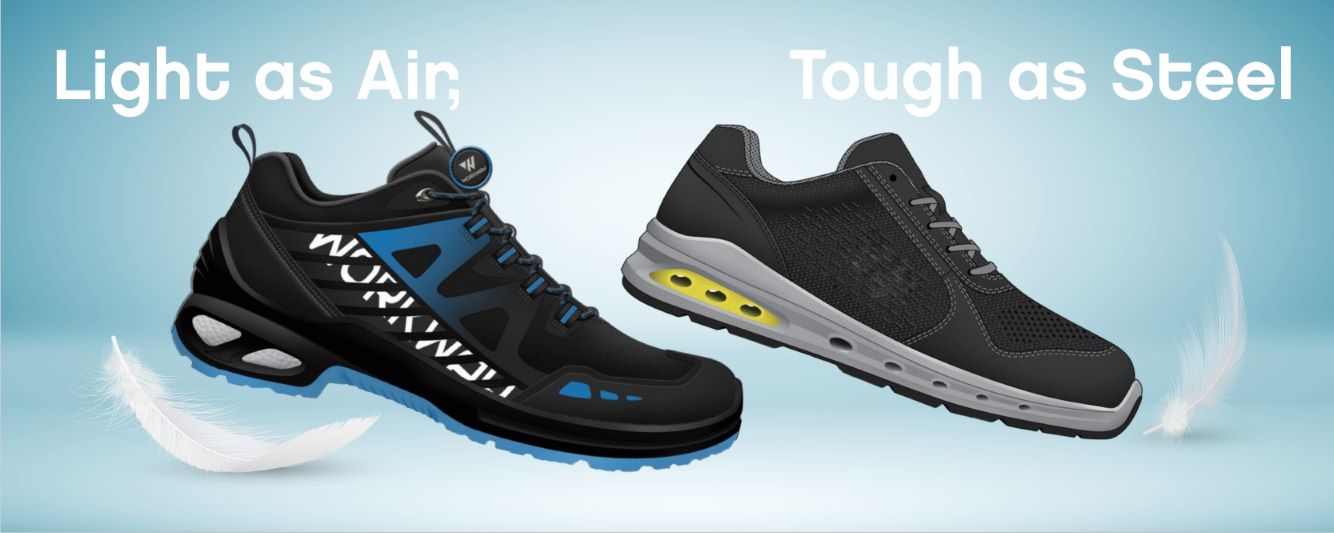 Embracing the Trend: Lightweight, Comfortable, Sporty, and Innovative Safety Shoes
Embracing the Trend: Lightweight, Comfortable, Sporty, and Innovative Safety Shoes
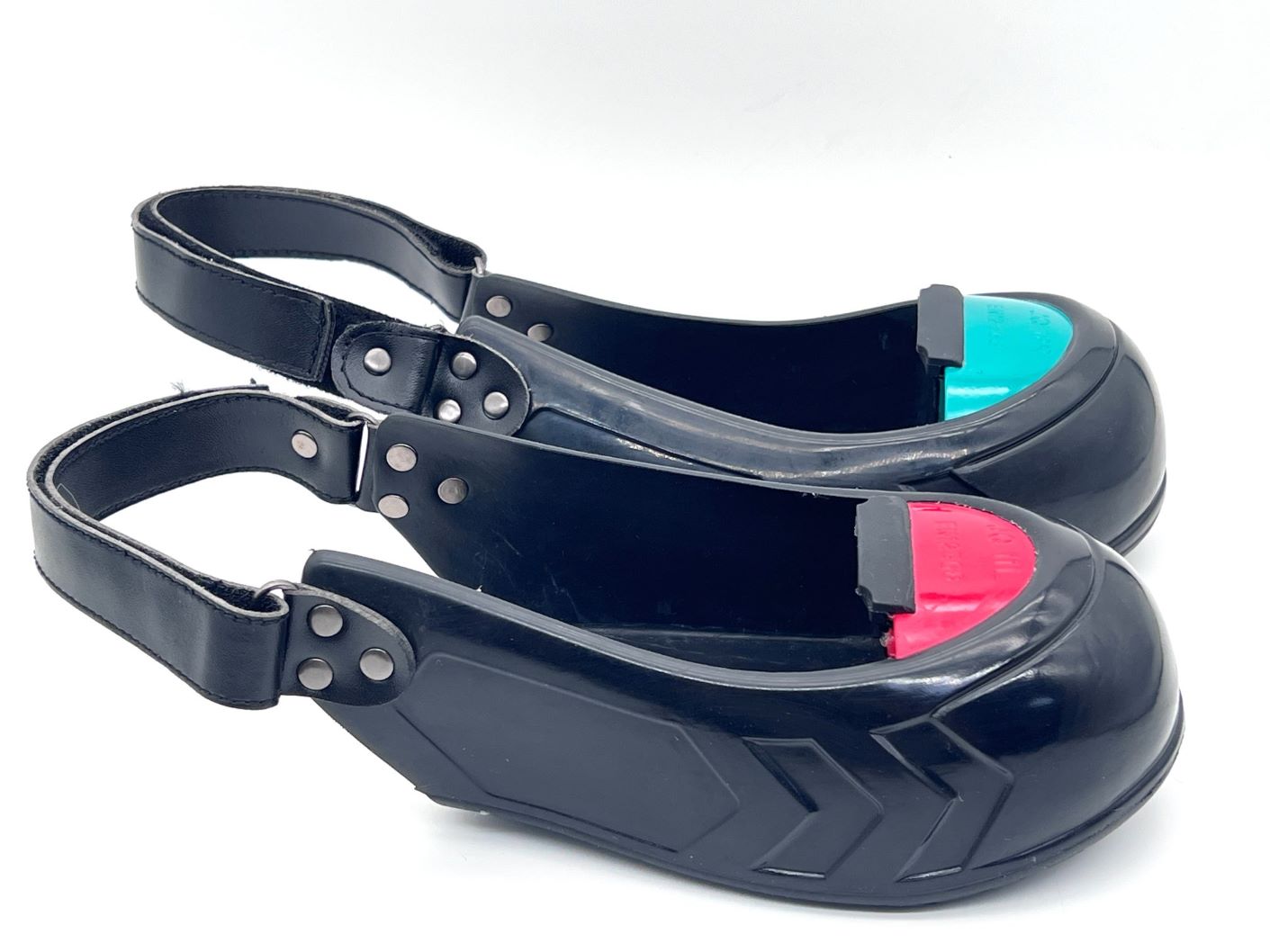 Enhance Workplace Safety with Premier Aluminum Toe Cap Overshoes from Xiamen Workway Protection Technology Co.,Ltd.
Enhance Workplace Safety with Premier Aluminum Toe Cap Overshoes from Xiamen Workway Protection Technology Co.,Ltd.
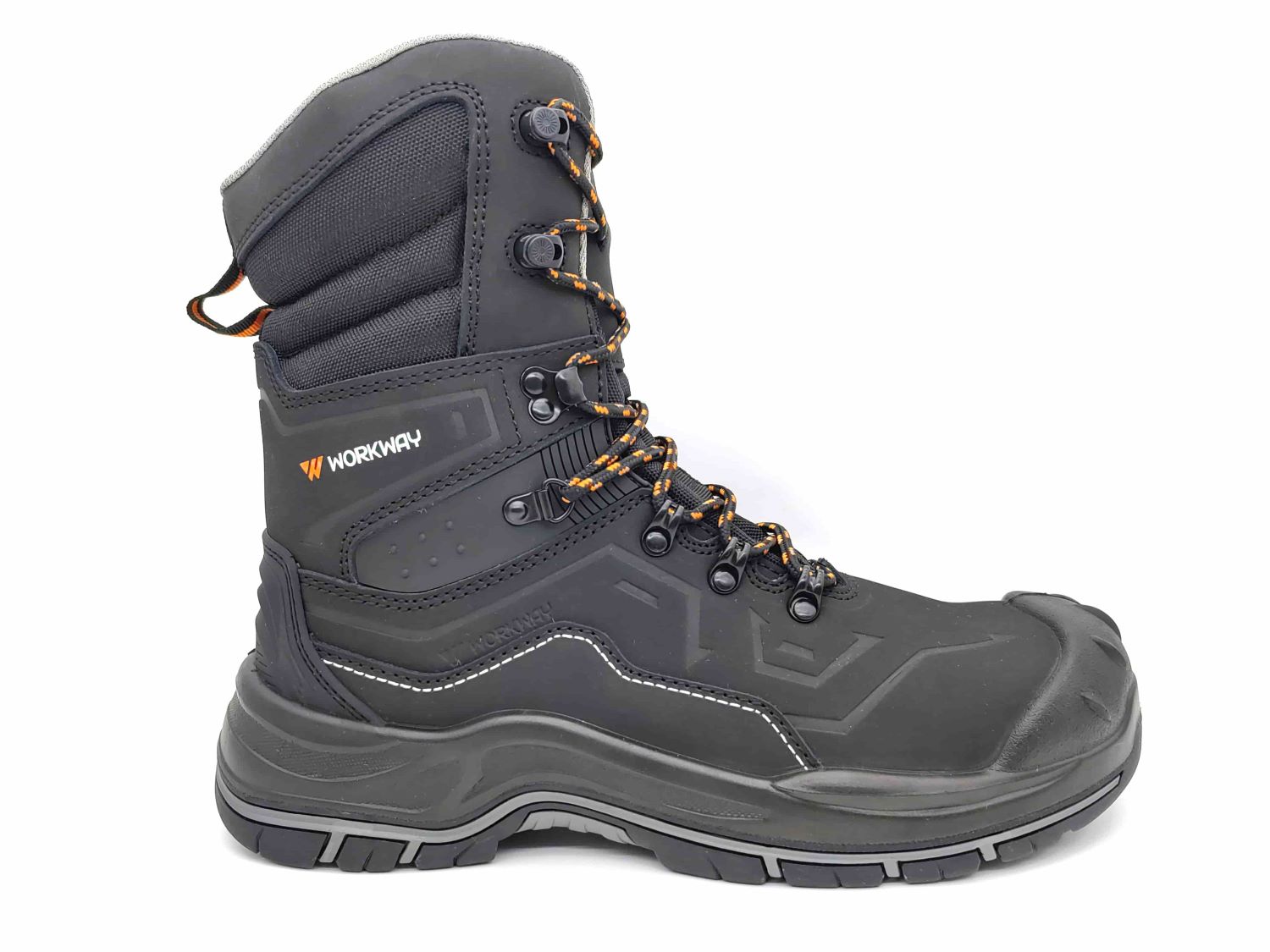 S7S Waterproof Safety Boots – Original Xiamen Workway Design with Premium HRO Rubber Sole
S7S Waterproof Safety Boots – Original Xiamen Workway Design with Premium HRO Rubber Sole
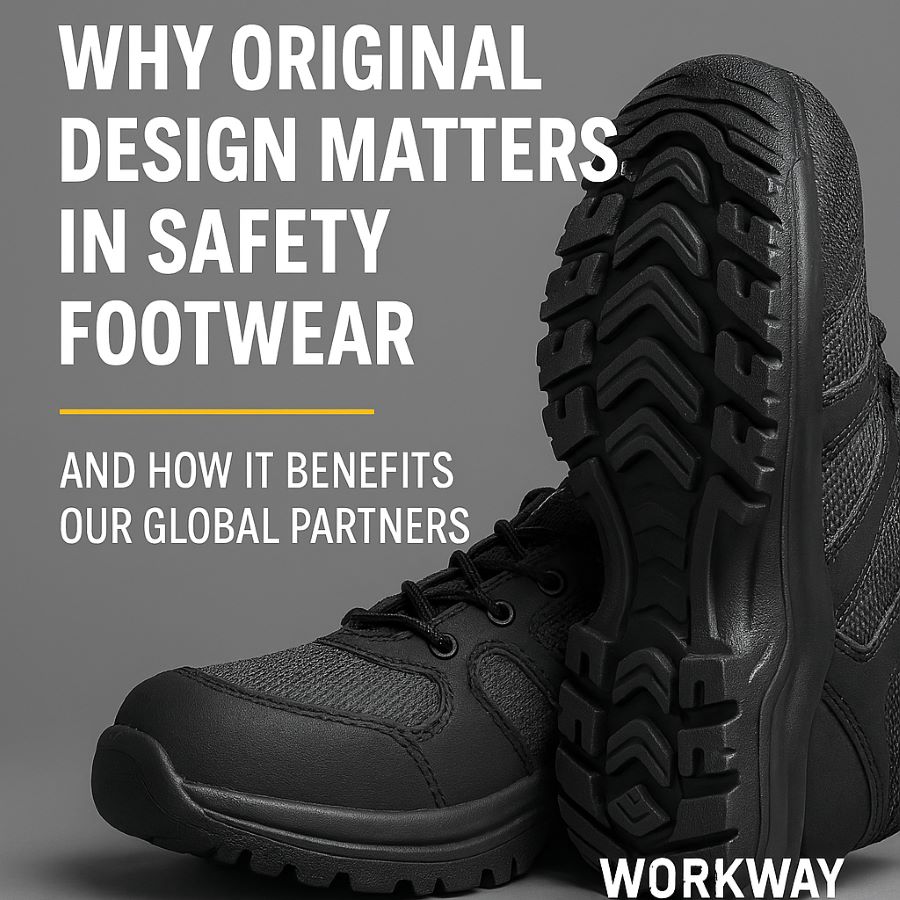 Why Original Design Matters in Safety Footwear – and How It Benefits Our Global Partners
Why Original Design Matters in Safety Footwear – and How It Benefits Our Global Partners
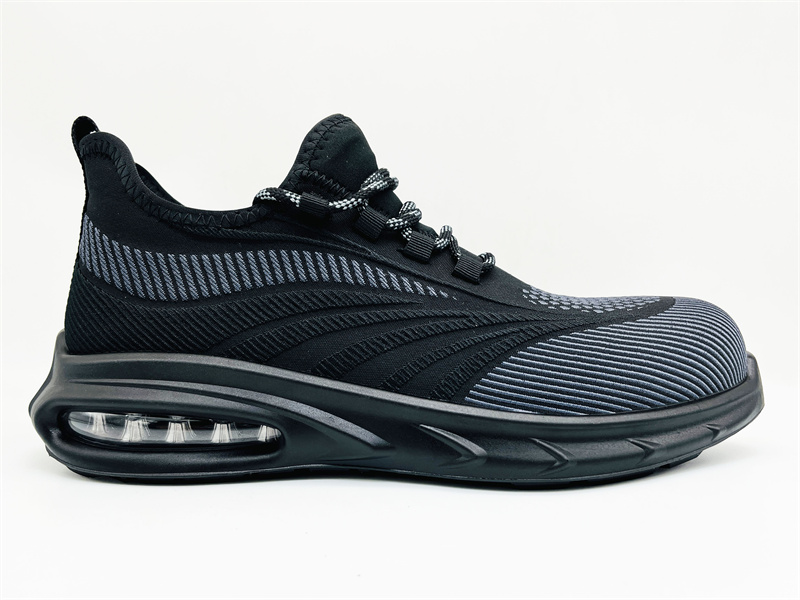 Introducing the Air-cushioned outsole safety shoes trainers from Xiamen Workway Protection Technology Co., Ltd.
Introducing the Air-cushioned outsole safety shoes trainers from Xiamen Workway Protection Technology Co., Ltd.
 1504, Building B, Taidi Haixi Center, Hai Cang District, Xiamen, 361026, China.
1504, Building B, Taidi Haixi Center, Hai Cang District, Xiamen, 361026, China. Jack
Jack Tel: +86-592-6511408
Tel: +86-592-6511408 Email: info@workwaysafety.com
Email: info@workwaysafety.comFor inquiries about our products or pricelist, please leave to us and we will be in touch within 24 hours.




